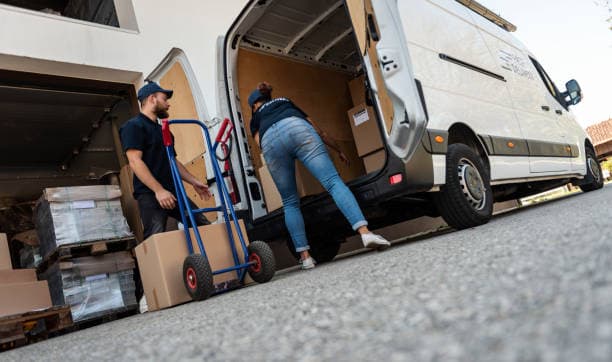Moving to a new home can be an exciting yet stressful experience. Whether relocating across town or to another state, careful planning can make the process smoother and more manageable. In this guide, we’ll answer common questions about moving, covering everything from creating a timeline to budgeting and hiring professional movers.
1. How Far in Advance Should You Start Planning Your Move?
A well-planned move starts weeks or even months before the actual moving day. Here’s a recommended timeline:
- 8 Weeks Before Moving: Create a moving checklist, set a budget, and begin researching moving companies.
- 6 Weeks Before Moving: Start decluttering and sorting items. Decide what to keep, donate, or sell.
- 4 Weeks Before Moving: Begin packing non-essential items and confirm moving arrangements.
- 2 Weeks Before Moving: Transfer utilities, update your address, and finalize packing.
- Moving Week: Pack essentials, clean your current home, and prepare for moving day.
2. What Are the Key Steps in Creating a Moving Checklist?
A moving checklist ensures that nothing is forgotten. Key tasks include:
- Inventory Your Belongings: Make a list of all items to be moved.
- Set a Budget: Factor in costs such as moving services, supplies, and temporary lodging if needed.
- Book a Moving Company: If using professional movers, book them early.
- Gather Packing Supplies: Get boxes, tape, bubble wrap, and markers.
- Label Everything: Clearly mark boxes with their contents and destination room.
- Notify Important Parties: Update your address with the post office, bank, and employer.
3. How Do You Budget for a Move and Avoid Hidden Costs?
Moving expenses can add up quickly. To stay within budget:
- Get Multiple Quotes: Compare prices from different moving companies.
- Understand Moving Fees: Ask about additional charges for heavy items, long carries, or stairs.
- Consider DIY Moving: Renting a truck and handling the move yourself can save money.
- Factor in Packing Supplies: Boxes and protective materials can be costly.
- Account for Travel Costs: If moving long-distance, budget for gas, lodging, and meals.
- Plan for Storage: If there’s a gap between moving out and moving in, storage may be required.
4. Should You Hire a Moving Company or Do It Yourself?
Deciding between hiring movers and a DIY move depends on your budget, distance, and available help.
Hiring Professional Movers
Pros:
- Less physical effort
- More efficient and faster
- Movers are experienced in handling fragile and heavy items
Cons:
- More expensive
- Scheduling may be limited during peak moving seasons
DIY Move
Pros:
- Lower cost
- Full control over the moving schedule
- No risk of movers damaging or losing items
Cons:
- Requires significant physical labor
- Risk of injury when lifting heavy furniture
- Rental truck costs may still add up
5. Tips for Organizing Packing and Decluttering Before Moving Day
Decluttering Before Packing
Reducing the number of items to move can save time and money. Sort your belongings into:
- Keep: Items you use regularly
- Donate: Clothes, books, and household items in good condition
- Sell: Items of value that you no longer need
- Trash: Anything broken or beyond repair
Packing Efficiently
- Pack Room by Room: Focus on one area at a time to stay organized.
- Use the Right Materials: Fragile items need bubble wrap, while sturdy items can be packed in durable boxes.
- Label Clearly: Indicate both contents and destination rooms.
- Keep an Essentials Box: Include important documents, toiletries, medications, and a change of clothes.
Conclusion
Planning a move doesn’t have to be overwhelming. By starting early, creating a budget, and choosing between professional movers or a DIY approach, you can ensure a smooth transition to your new home. With proper organization and preparation, moving day can be a stress-free experience.





